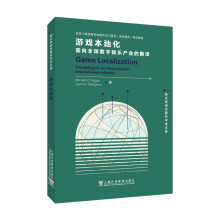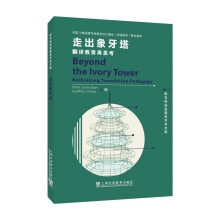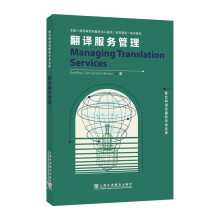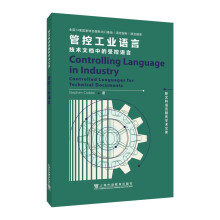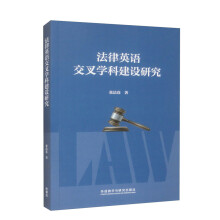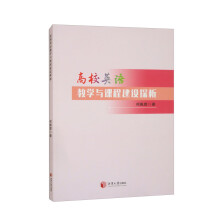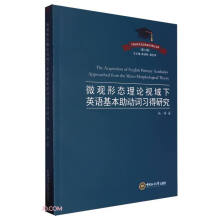Chapter 1 Introduction
1.1 Research background
1.2 Rationale for this study
1.3 Purpose and significance
1.4 Organization of this study
Chapter 2 Theoretical Background
2.1 TBLT research
2.1.1 A brief introduction to TBLT
2.1.2 Defining task
2.1.3 Measuring task performance
2.2 Task complexity and language performance
2.2.1 The CH
2.2.2 The Trade-off Hypothesis
2.3 The Flow Theory
2.4 The SCT
2.4.1 The Activity Theory and learner agency
2.4.2 Task and activity
2.5 WM theories
2.5.1 WM vs. short-term memory
2.5.2 Models of WM
2.6 Writing process models
2.6.1 The writing stage model
2.6.2 The Hayes & Flower's (1980) model
2.6.3 The Hayes' (1996) model
2.6.4 The Kellogg's (1996) model
2.7 Summary
Chapter 3 Literature Review
3.1 Guidelines for a fuller verification the CH
3.2 Research on the task complexity effects over the past decade
3.2.1 Task experience
3.2.2 Attentional allocation
3.2.3 Language performance
3.3 Research on the roles of task complexity and/or WMC in L2 writing
3.3.1 Task complexity and L2 writing performance
3.3.2 WMC and L2 writing performance
3.3.3 Task complexity, WMC and L2 writing performance
3.4 Justifications of this study
3.5 Summary
……
Chapter 4 Methodology
Chapter 5 Results and Discussion
Chapter 6 Conclusion
Bibliography
Appendices
Postscript
展开

